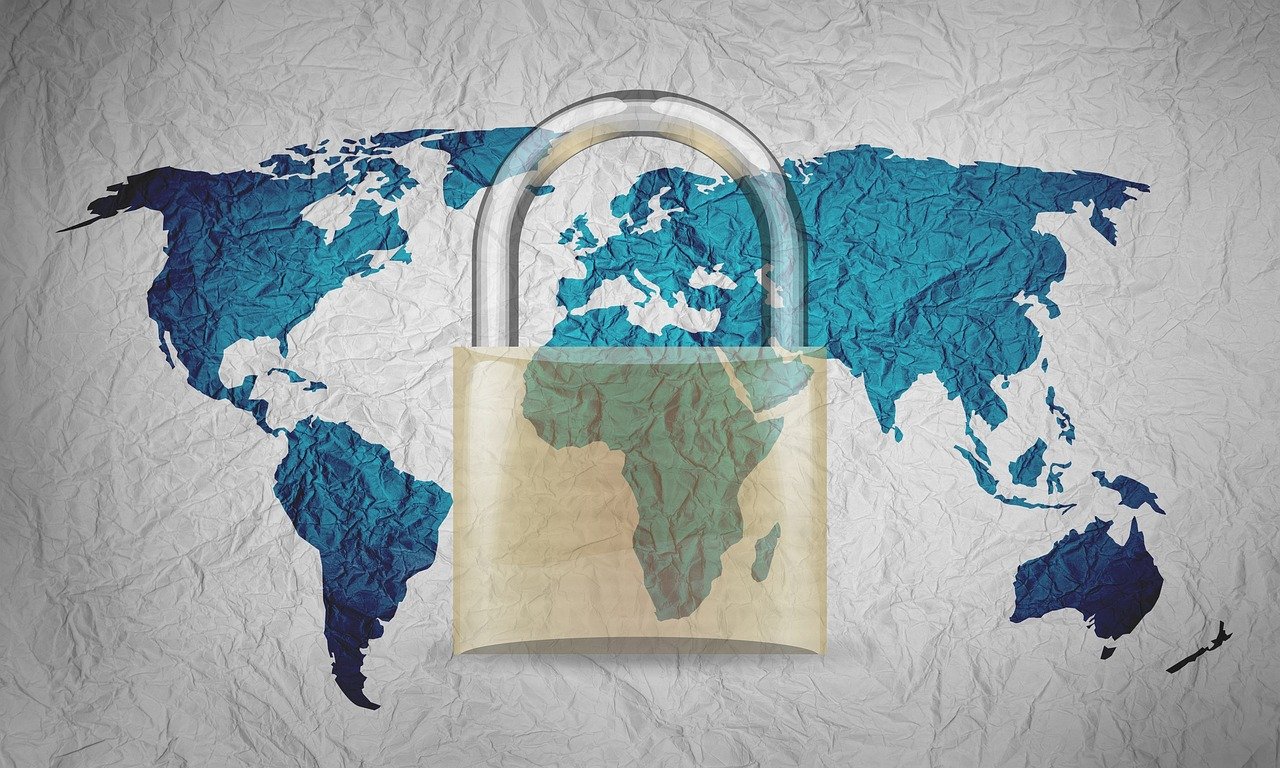Protecting your digital life starts with strong passwords. In today’s interconnected world, our online accounts are gateways to sensitive information, making robust password protection essential. A weak or compromised password can lead to identity theft, financial loss, and reputational damage. This guide will provide you with the knowledge and practical strategies to create and manage secure passwords, safeguarding your online presence.
The Importance of Strong Passwords
Why Passwords Matter
Passwords are the first line of defense against unauthorized access to your accounts. A weak password is like leaving your front door unlocked, inviting cybercriminals to waltz right in. Consider these statistics:
- According to Verizon’s Data Breach Investigations Report, weak or stolen credentials remain a major factor in data breaches.
- Cybersecurity Ventures estimates that the cost of cybercrime will reach $10.5 trillion annually by 2025.
These figures highlight the critical need for strong password practices.
Risks of Weak Passwords
Using weak or easily guessable passwords exposes you to a range of risks:
- Account Hacking: Hackers can gain access to your email, social media, bank accounts, and more.
- Identity Theft: Stolen credentials can be used to impersonate you and open fraudulent accounts.
- Malware Infections: Compromised accounts can be used to spread malware to your contacts.
- Financial Loss: Unauthorized access to financial accounts can lead to significant monetary losses.
- Reputational Damage: Inappropriate content posted on your hacked accounts can damage your personal or professional reputation.
Examples of Weak Passwords to Avoid
Never use these types of passwords:
- Common words (password, 123456, qwerty)
- Personal information (your name, birthday, address)
- Simple patterns on the keyboard
- Sequential numbers or letters
- Previous passwords
A recent analysis showed that “123456” and “password” are consistently among the most commonly used and easily cracked passwords.
Creating Strong Passwords
Password Length and Complexity
Strong passwords should be:
- Long: Aim for at least 12 characters, but 16 or more is even better. The longer the password, the harder it is to crack.
- Complex: Include a mix of uppercase and lowercase letters, numbers, and symbols. Avoid using predictable patterns.
For example, instead of “Summer2023”, try something like “S@mm3r-20!3xY”.
Using Password Generators
Password generators are tools that create random, strong passwords for you. Many password managers include built-in generators. They ensure randomness and complexity you might not achieve on your own. Practical examples:
- Bitwarden: Offers a robust password generator with customizable length and character sets.
- LastPass: Another popular password manager with a reliable password generator.
- Online Password Generators: Numerous websites offer password generation services, but be sure to use reputable ones and avoid entering any personal information.
Password Composition Strategies
If you prefer creating passwords yourself, consider these strategies:
- Use a passphrase: Think of a sentence and use the first letter of each word. For example, “I love to eat chocolate chip cookies after dinner” becomes “Iltectccad”. Then, add numbers and symbols: “Iltectcc@d4!”.
- Substitute letters with symbols or numbers: Replace “a” with “@”, “e” with “3”, “i” with “1”, “o” with “0”, and so on.
- Combine unrelated words: Combine two or three random words to create a unique password. For example, “Elephant Bicycle Rainbow”.
Managing Your Passwords
Using a Password Manager
A password manager is a software application that securely stores your passwords and automatically fills them in when you visit websites or apps. It’s the most effective way to manage multiple strong passwords. Benefits include:
- Secure Storage: Encrypts your passwords and stores them in a secure vault.
- Automatic Filling: Automatically fills in usernames and passwords on websites and apps.
- Password Generation: Generates strong, unique passwords for each of your accounts.
- Password Auditing: Identifies weak or reused passwords and prompts you to update them.
- Accessibility: Allows you to access your passwords from any device.
Popular password managers include:
- LastPass
- Bitwarden
- 1Password
- Dashlane
- Keeper
Avoiding Password Reuse
Reusing passwords across multiple accounts is a major security risk. If one account is compromised, all accounts using the same password become vulnerable. Always use a unique password for each account. This is where password managers become indispensable, helping you track unique passwords across numerous sites.
Regularly Updating Your Passwords
It’s a good practice to update your passwords periodically, especially for sensitive accounts like banking and email. Aim to change them every 3-6 months. If you receive a security alert about a compromised account, change your password immediately. You should also update passwords after any known data breaches affecting services you use, even if you haven’t received a specific alert.
Multi-Factor Authentication (MFA)
What is Multi-Factor Authentication?
Multi-factor authentication (MFA) adds an extra layer of security to your accounts by requiring you to provide two or more verification factors to log in. This means that even if someone knows your password, they won’t be able to access your account without the additional verification.
Types of Authentication Factors
Common authentication factors include:
- Something you know: Your password.
- Something you have: A security code sent to your phone via SMS or generated by an authenticator app. A physical security key like a YubiKey.
- Something you are: Biometric data, such as a fingerprint or facial recognition.
Enabling MFA on Your Accounts
Most major online services offer MFA. Look for it in the security settings of your account. Examples:
- Google: Offers Google Authenticator and SMS verification.
- Facebook: Provides options for SMS codes and third-party authenticator apps.
- Amazon: Supports MFA through SMS and authenticator apps.
- Banking Institutions: Usually offer multiple MFA options, including SMS, email, and security tokens.
Always enable MFA whenever it’s available, especially for critical accounts.
Additional Security Tips
Be Wary of Phishing Attempts
Phishing attacks attempt to trick you into revealing your passwords and other sensitive information. Be cautious of suspicious emails, messages, and websites that ask for your login credentials. Always verify the sender’s address and avoid clicking on links or downloading attachments from unknown sources.
Using Secure Networks
Avoid using public Wi-Fi networks for sensitive activities like banking or online shopping. These networks are often unencrypted and can be easily intercepted by hackers. Use a Virtual Private Network (VPN) to encrypt your internet traffic and protect your data.
Keeping Your Software Updated
Keep your operating system, web browser, and other software updated with the latest security patches. Software updates often include fixes for security vulnerabilities that hackers can exploit. Enable automatic updates whenever possible.
Conclusion
Protecting your online accounts requires a proactive approach to password security. By creating strong, unique passwords, using a password manager, enabling multi-factor authentication, and being vigilant about phishing attempts, you can significantly reduce your risk of becoming a victim of cybercrime. Remember, password security is not a one-time fix but an ongoing process. Stay informed about the latest security threats and adapt your practices accordingly to safeguard your digital life. Taking these steps is a crucial investment in your online safety and peace of mind.



